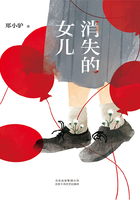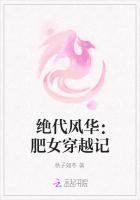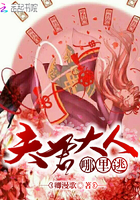Story-telling in playgrounds,settlements and libraries as it is carried on in various communities,is described in the following comprehensive report which was made by the Committee on story-telling,Miss Annie Carroll Moore,Chairman,at the Fourth Annual Congress of the Playground Association of America.It was printed in the Playground,August,1910,and an abridgement appeared in the Library Journal (September,1910).A sketch of Miss Moore appears on page 113.
"Is she a Fairy,or just a Lady?"
A little Scotch girl asked the question after a story hour in a children's library."She made me see fairies awful plain.""She made me see fairies,too,"answered the children's librarian with whom the child had shared her doubt."Let's go and find her and make sure."On the way they spoke of the story they had both liked best.It was about an old woman who lived long ago in Devonshire,who loved tulips and planted her garden full of them,and tended them with great care because they seemed to her so beautiful.After the old woman died some extremely practical persons came to live in her house and they considered it very foolish to grow tulips for their beauty when the garden might be turned to practical account.So they dug up the garden and analyzed the soil,and planted carrots and turnips and parsnips and just such vegetables as promised to yield speedy and profitable returns.
By and by a wonderful thing happened.Tulips no longer grew in the garden;there was no room for them and nobody had time to look after such useless things.But on the spot where the old woman was buried the most beautiful tulips sprang up of themselves,and every night in the Springtime the faries may be seen bringing their babies to rock them to sleep in the tulip bells.
The little Scotch girl wondered whether there was "a book in the library with the tulip story in."She wanted to read it to her grandmother,she said,because her grandmother was "always speaking about her garden in Scotland,"and she wondered if the tulips in Scotland had fairies asleep in them.
The storyteller,who was Miss Marie L.Shedlock,looked wonderfully happy when asked whether she was a "Fairy"or "just a Lady."She said she supposed she was really "just a Lady,"but she had become so intimate with fairies through listening to stories about them,and thinking about them,and telling fairy tales to children and grown people in England and America,that she felt almost like a fairy at times,and she had come to believe with Hans Christian Andersen,whose stories she loved best of all,that life itself is a beautiful fairy tale.
Then she told the little girl that the tulip story was not in a book,and that she must tell it to her grandmother just as she remembered hearing it,and that having seen the fairies while she listened would help her to remember the story better.She could see pictures all the time she was telling stories,she said.The little girl had never thought of ****** pictures for herself before.She had only seen them in books and hanging on walls.
This unconscious tribute to the art of the storyteller made a lasting impression on the children's librarian.If a child of less than eight years,and of no exceptional parts,could so clearly discriminate between the fairy tale she had heard at school and the tale that made her "see the fairies,"there was little truth in the statement that children do not appreciate artistic storytelling.She went back to her children's room feeling that something worth while had happened.The children who had listened to the stories now crowded about the book shelves,eager for "any book about fairies,""a funny book,"or "a book about animals."The little girl who had seen the fairies was not the only one who had fallen under the spell of the storyteller."I always knew Pandora was a nice story,but she never seemed like a live girl before,"said one of the older girls."I liked the Brahmin,the Jackal and the Tiger best,"exclaimed a boy."Gee!but couldn't you just see that tiger pace when she was saying the words?""Ijust love The Little Tin Soldier,"said a small boy who hated to read,but was always begging the children's librarian to tell him stories about the pictures he found in books."Didn't she make him march fine!"Before the end of the day the children's librarian had decided that even if there could be but one such story hour in the lifetime of an individual or an institution it would pay in immediate and far-off results.But why stop with one;why not have more story hours in children's libraries?Other children's librarians were asking themselves the same question,and then they asked their librarians,and those who recognized in the story hour a powerful ally in stimulating a love of good literature and a civilizing influence wherever the gang spirit prevailed,gave ready assent.















